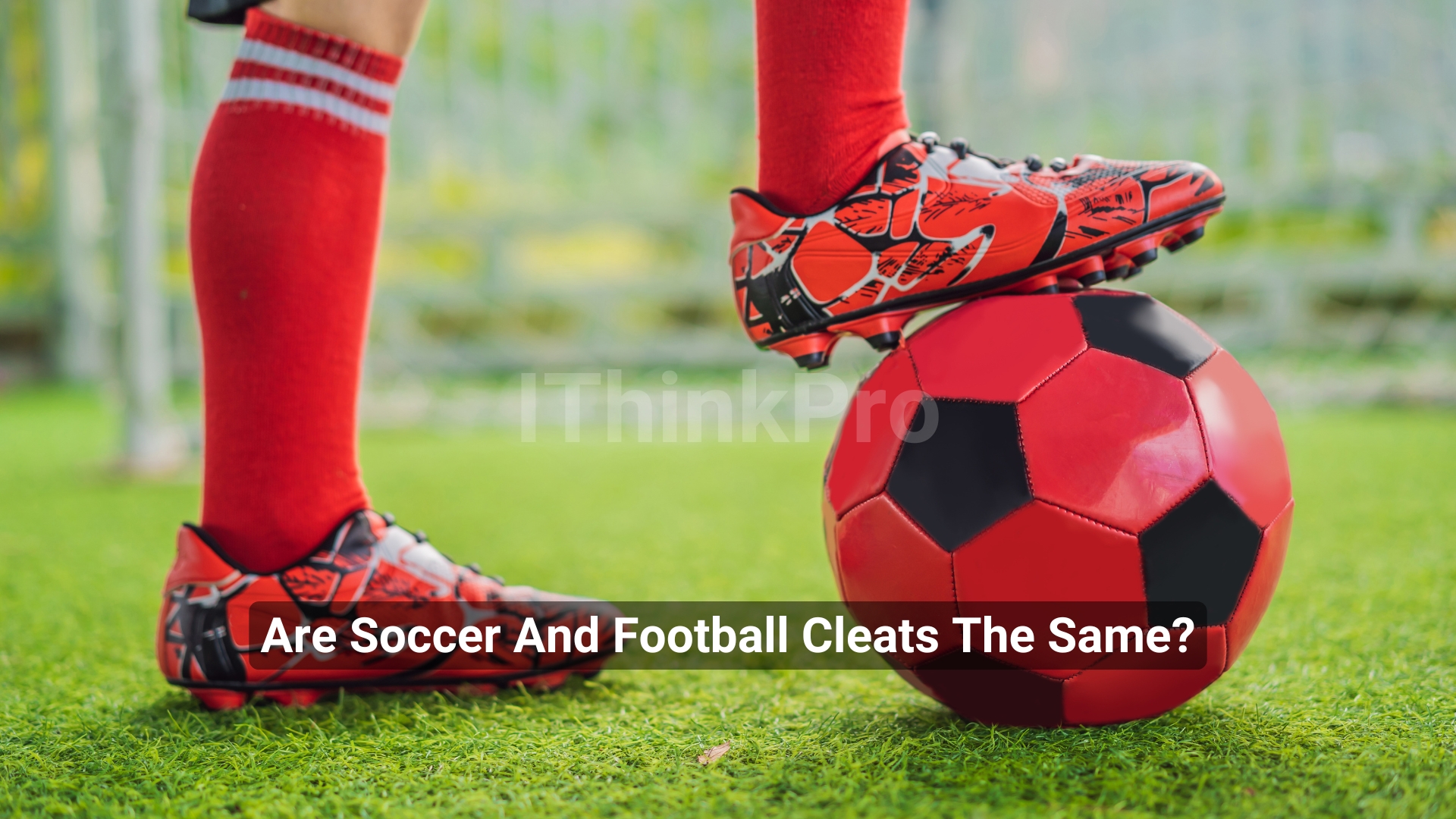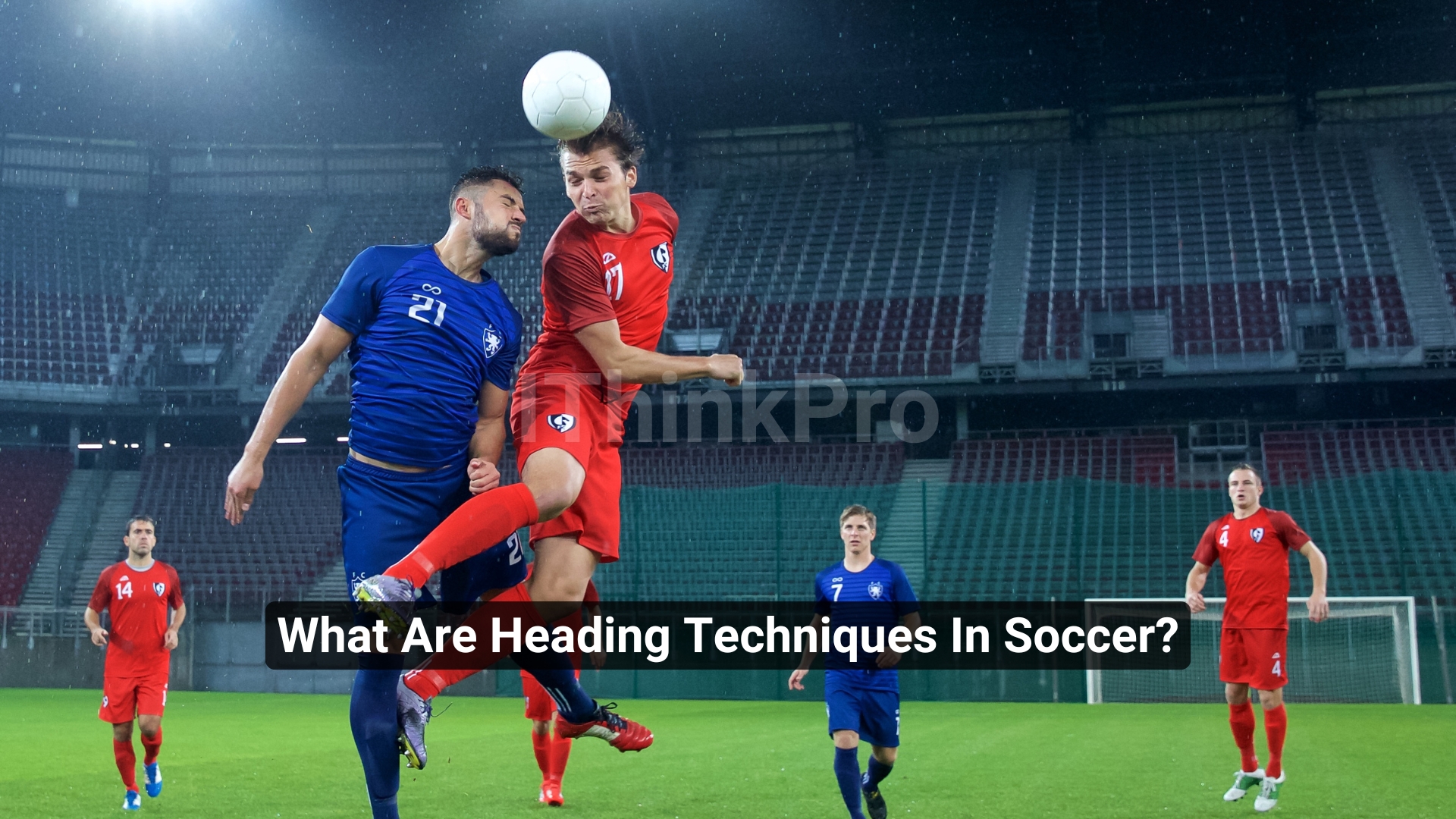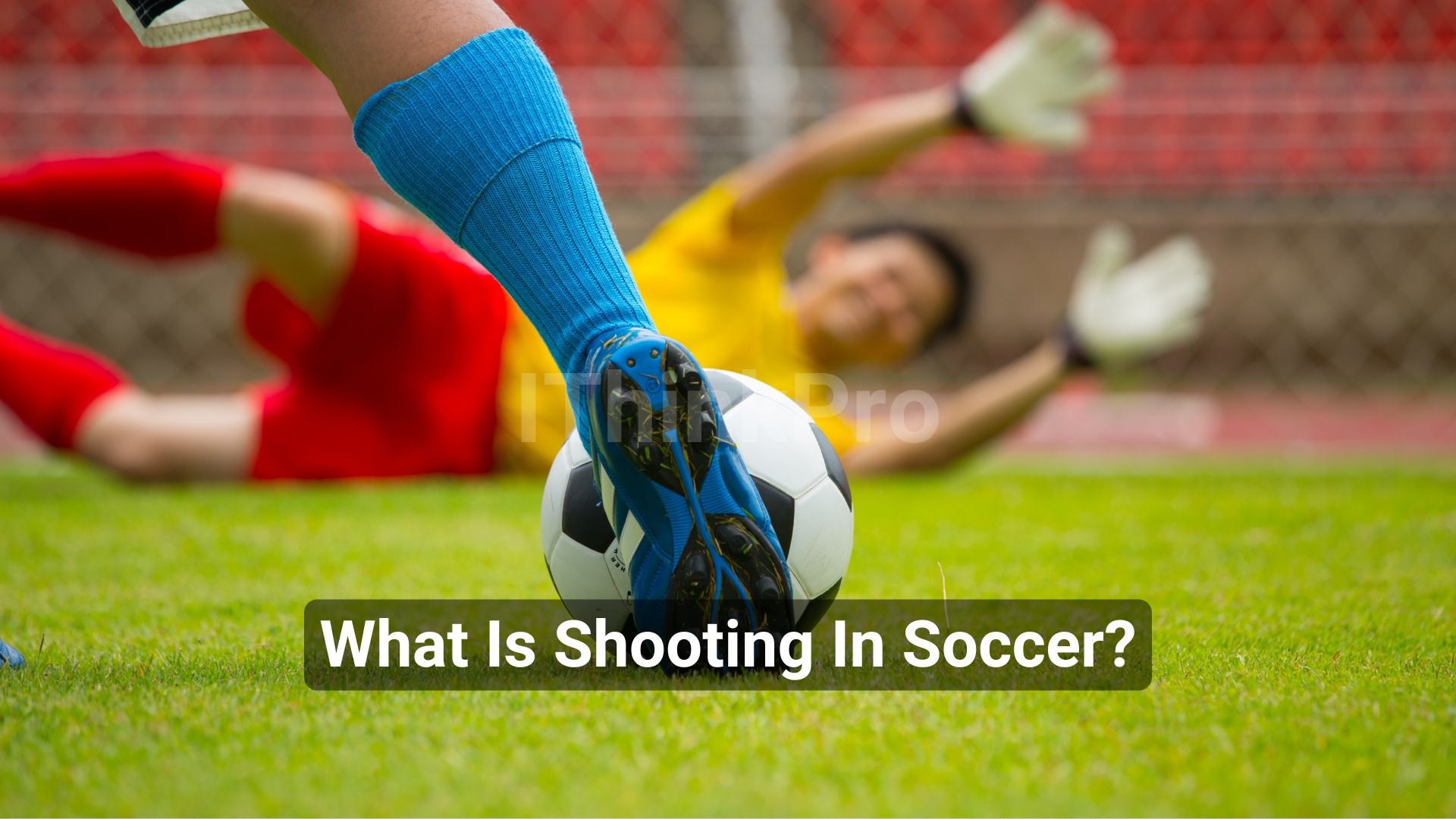Introduction
Hello Champ!
When buying cleats for soccer or football, many people often wonder if they can use the same pair for both sports. This confusion can lead to buying the wrong footwear, which affects comfort and performance on the field.
Understanding the key differences between soccer and football cleats can help players make better decisions and improve their game. Each sport has specific requirements that affect the design of the cleats.
In this article, we will answer the question, are soccer and football cleats the same? By exploring the features that set them apart and why choosing the right cleats is essential for performance and safety.
Overview of Soccer and Football Cleats
What Are Soccer Cleats?
Soccer cleats are designed to give players control, speed, and agility on the field. The game of soccer requires constant running, sudden stops, and quick changes in direction, which means that soccer cleats are usually lightweight with a low-cut design to offer better mobility. Additionally, they feature shorter studs to enhance grip on various types of playing surfaces without getting in the way of ball control. Soccer cleats lack a toe spike, which helps players dribble and pass more effectively.
What Are Football Cleats?
Football cleats, on the other hand, are designed with the physical demands of American football in mind. This sport involves short bursts of speed, intense physical contact, and frequent changes in position. Therefore, football cleats tend to be heavier and come in three main styles: low-cut, mid-cut, and high-cut, each offering different levels of ankle support. Many football cleats also feature a toe spike, which helps players dig into the ground for better push-off power during sprints or tackles.
Differences Between Soccer and Football Cleats
Stud Configuration and Placement
One of the most notable differences between soccer and football cleats is the stud configuration. Soccer cleats typically have a more uniform pattern of studs designed for traction on grass or turf. These studs are often shorter and placed in a way that allows for multidirectional movement. Football cleats, however, have more varied stud lengths and placements to cater to the specific demands of the sport, such as sprinting, cutting, and physical collisions.
Weight and Flexibility
Soccer cleats are generally lighter and more flexible compared to football cleats. Since soccer players spend the majority of the game running and making quick movements, the lightweight design helps in maintaining speed and agility. Football cleats are often heavier because they need to provide more support during physical plays and tackles.
Ankle Support
Ankle support is another major difference. Soccer cleats usually have a low-cut design, which offers maximum mobility for the player’s ankles, essential for sharp turns and footwork. Football cleats, on the other hand, come in low-cut, mid-cut, and high-cut designs. High-cut football cleats provide extra ankle support, which is crucial for positions like linebackers or linemen that require stability during powerful movements.
Cleat Toe Design
The toe design also differs significantly between soccer and football cleats. Soccer cleats have a flat front, allowing players to control, pass, and shoot the ball with precision. Football cleats often have an additional stud near the toe, which helps players dig into the turf for extra traction when pushing off.
Material Composition
Both soccer and football cleats are made from durable materials, but soccer cleats are usually more lightweight and made from synthetic materials or leather for better touch and control over the ball. Football cleats, on the other hand, are made from tougher materials to withstand the wear and tear of a contact-heavy sport.
Rules and Regulations for Cleats in Soccer and Football
Soccer Cleat Regulations
In soccer, cleats must meet certain standards outlined by the International Football Association Board (IFAB). Cleats should not have any sharp edges, and metal studs are only allowed under certain conditions. The placement and length of studs must comply with regulations to prevent injuries.
Football Cleat Regulations
The National Federation of State High School Associations (NFHS) and other governing bodies have specific rules for football cleats. Players are required to use cleats that fit the field conditions (turf or grass) and are safe for contact. The use of metal-tipped cleats is often restricted or prohibited in some leagues.
Can You Use Soccer Cleats for Football or Vice Versa?
When It’s Okay to Use Soccer Cleats for Football
In some cases, it is possible to use soccer cleats for football, especially in positions that require speed and agility, like wide receivers or defensive backs. Soccer cleats’ lightweight design and traction can be advantageous in football games, particularly on grass or turf fields. However, they may not provide the necessary ankle support for positions that involve heavy contact.
Why Football Cleats Are Not Suitable for Soccer
Football cleats are not recommended for soccer due to their heavier design and additional toe spike. The spike can hinder ball control, and the extra weight can slow down players, impacting performance in a sport that requires constant movement. Furthermore, football cleats often fail to meet soccer regulations regarding stud length and configuration, making them unsuitable for official play.
How to Choose the Right Cleats for Your Sport
Factors to Consider for Soccer Cleats
- Field Type: Consider the playing surface, as cleats for grass, turf, and indoor courts vary in stud length and design.
- Position: For forwards and midfielders, lightweight cleats that offer agility and speed are crucial. Defenders may prefer cleats with a bit more support and durability.
- Comfort: Make sure the cleats fit snugly, but not too tight, to prevent blisters and ensure comfort during long matches.
Factors to Consider for Football Cleats
- Playing Surface: Grass fields may require cleats with longer studs, while turf fields often need shorter studs.
- Position: Skill positions like wide receivers or running backs might benefit from low-cut cleats for speed, while linemen might need high-cut cleats for additional ankle support.
- Durability: Football cleats must endure high-impact plays, so choosing a pair made from durable materials is essential for longevity.
Multi-Sport Cleats: Are They a Good Option?
Some brands offer multi-sport cleats designed for both soccer and football. While these cleats may be convenient for younger athletes or those playing recreationally, they often compromise on key features required for each sport. It’s always best to invest in sport-specific cleats if possible, as they provide the best performance and safety.
Conclusion
In conclusion, soccer and football cleats are designed with distinct features tailored to the demands of each sport. Soccer cleats prioritize agility, ball control, and mobility, while football cleats offer increased support and traction for high-impact plays. Understanding the differences, such as stud configuration, weight, and ankle support, ensures players perform at their best and stay safe on the field. Additionally, adhering to the specific cleat regulations for each sport is crucial for following the rules and preventing injuries.
If you’re serious about improving your game, investing in the right cleats for your sport will enhance your performance and safety. Remember, the correct footwear can make all the difference on the field.
If you found this guide helpful, don’t keep it to yourself! Share this blog with others, and feel free to explore our website for more helpful information about soccer and other sports-related topics.
FAQs
Q1. Can I use soccer cleats for football?
Yes, you can use soccer cleats for football, especially in non-professional settings. However, football cleats are designed for better support and traction during the sport’s high-impact plays, making them the better choice.
Q2. What’s the main difference between soccer and football cleats?
Soccer cleats are lighter, have a low-cut design, and have no front-toe studs. Football cleats are heavier, provide more ankle support, and feature a front toe stud for better grip during intense movements.
Q3. Are football cleats legal for soccer?
No, football cleats are not legal in soccer because their stud design, especially the front toe stud, poses safety risks to players and violates soccer cleat regulations.
Q4. Do soccer cleats provide enough ankle support?
Soccer cleats typically offer minimal ankle support, prioritizing flexibility and movement. For players needing more ankle stability, mid or high-top football cleats are recommended.
Q5. Are multi-sport cleats a good option?
Multi-sport cleats offer versatility for athletes who play multiple sports. However, they may not provide the specialized performance or safety features that specific cleats offer for soccer or football.











